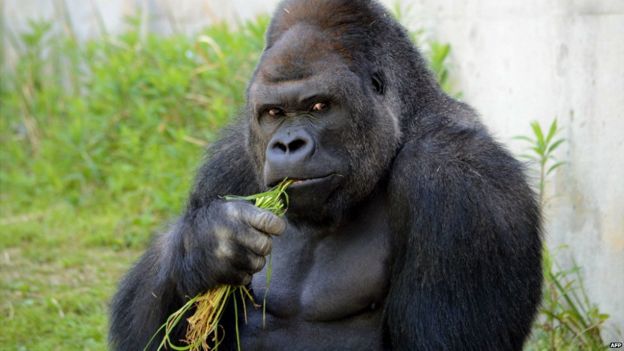
In recent news, it’s been apparent that Japanese women are going crazy for Shabani the gorilla due to a recent spike in attendance sales for the Higashiyama Zoo. Thanks to social media, we’re able to distinguish why some women (hopefully) are jokingly complimenting this gorilla on his “dreamy sensitive eyes” and “rough good looks.”
Although all in good humor, there still has to be some reason why people are acknowledging the seemingly apparent attractive traits Shabani has. There has to be some kind of biological reasoning behind it! To start off, there’s some kind of evolutionary reason why people are drawn to Shabani. As animals, we are driven by natural selection, which directly correlates with an individuals fitness and health, which is something that Shabani clearly is on top of.
Shabani’s striking appearance also has to do with the sclera and his resemblance to a human in that way. We share a large percentage of our DNA with gorillas and chimpanzees, nearly 97%. With such a large percentage taken into consideration, it’s hard to avoid the many characteristics we see in Shabani and other primates alike. Todd Disotell recently told Inverse.com “One of the reasons people like primates so much is that we see ourselves in them, but they’re apart from us. Here you have this incredibly well-muscled, incredibly well-defined not-human — but still, you’re thinking human. You see these massive chest muscles and super-ripped arms, and the expression on his face. I could see people conflating that.” So going back to the fact that the whites of Shabani’s eyes are much more prominent, we see external human traits.
As well as external traits, there are some human traits we can see within Shabani due to his actions. Inverse.com has stated that “many of his actions — from flexing his muscles to looking lost in thought to taking care of his young and — are tempting to understand by anthropomorphizing the guy.”
So although it is all mostly just one big joke produced by the internet, it’s hard not to look at this headline from a biological standpoint and analyze where these jokes may be stemming from.

